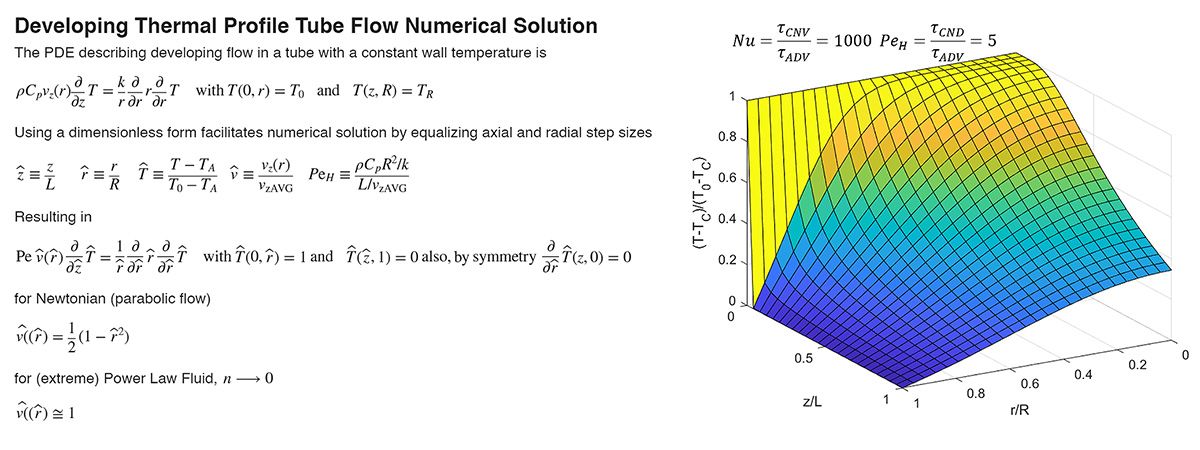Teaching Students to Solve Complex Heat and Mass Transfer Problems with MATLAB
Students Learn Underlying Principles to Address Real-World Engineering Challenges
“MATLAB can be used to automate complex math calculations, which allows more time for students to learn engineering problem-solving skills and extrapolate those skills to more complex, real-world applications beyond just heat and mass transfer.”
Key Outcomes
- MATLAB enabled students to master engineering concepts while executing math operations error-free
- Powerful visualizations helped students validate their assumptions when solving heat and mass transfer problems
- Using MATLAB, students gained the necessary problem-solving abilities needed to address real-world engineering challenges
The chemical engineering curriculum at New Jersey Institute of Technology (NJIT) aims to produce graduates with the ability to address challenges within their profession. Donald Sebastian, a chemical engineering professor at NJIT—and the former founding president and CEO of New Jersey Innovation Institute—sought to enhance these skills in his Heat and Mass Transfer course without letting students’ math proficiency be a roadblock. To do so, he decided to use symbolic math capabilities in MATLAB® as a vehicle to help them get the “math” correct, while also mastering the fundamentals to design more complex engineering systems.
Dr. Sebastian learned the basics of MATLAB with self-paced online training courses like MATLAB Onramp. These courses, which included step-by-step validation of results, useful hints, and worked solutions, provided a solid foundation for integrating MATLAB into his teaching. Dr. Sebastian also familiarized himself with Symbolic Math Toolbox™ and Partial Differential Equation Toolbox™.
In class, Dr. Sebastian used practical examples to illustrate complex concepts. Shifting from the traditional pen and paper approach to using Symbolic Math Toolbox and Partial Differential Equation Toolbox allowed him to show students how complicated process engineering problems could be solved with simplifying assumptions—and how these assumptions could be validated through 3D visualization. With this approach, rather than memorizing solution mechanics, students learned the underlying principles of heat and mass transfer, such as conduction, advection, and generation.
Dr. Sebastian’s revised approach received positive feedback from his students, with several even thanking him in a personal email. The following semester, others let him know that they found symbolic math easier to use in their new courses when compared to the manual solution methods presented in those classes. Looking ahead, Dr. Sebastian plans to use MATLAB Grader™ to provide real-time feedback on student assignments.
